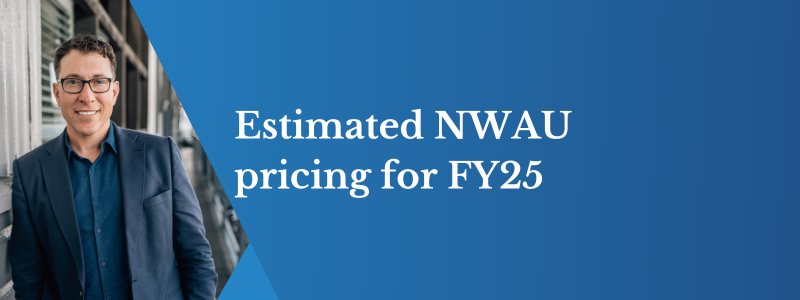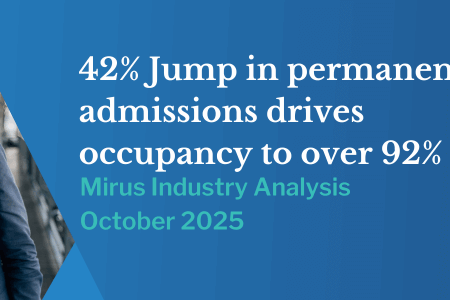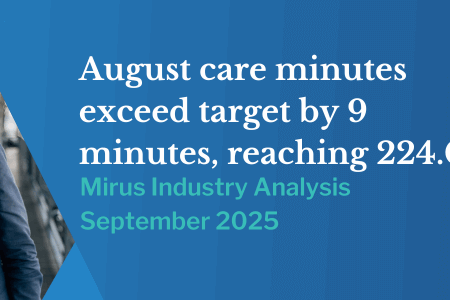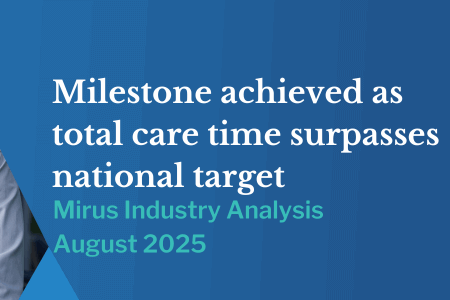Anticipated AN-ACC pricing set
July 4, 2024 | AN-ACC

With many providers approaching us during their budgeting process asking about our forecast on where the AN-ACC pricing will be set this coming October, we thought it would be helpful to provide you with a quick overview and the logic for what to look for ahead.
Managing AN-ACC accurately is critical to business performance and delivery of great care. The only comprehensive AN-ACC management system available in the industry today is the Mirus Metrics platform. Contact us now for a demonstration.
Previous pricing advice
Last year, the Fair Work Commission (FWC) announced an interim increase of 15% to minimum wages for direct care workers, head chefs/cooks, and lifestyle officers under the Aged Care Award. The Commonwealth promised to fund this outcome by incorporating the increase into the National Weighted Activity Unit (NWAU) price.
You will recall, the pricing advice provided for the FY24 NWAU factored in the 15% minimum wage increase. However, many eligible workers were already paid more than the minimum wage, so it could not be treated as a full 15% increase to those workers’ wage expenses. The recommended NWAU price was $243.10, representing an increase of 17.6%.
The justification for this 17.6 % indexation was applied across the following:
- Inflation and wage rises in 2022–23: 3.1%
- Fair Work Commission interim wage rise decision: 10.7%
- Superannuation guarantee increase: 0.4%
- Underlying inflation from 2022–23 to 2023–24: 2.6%
Recent developments
In December 2023, there was an additional NWAU increase of 4.4%. Combined with the delay to the next indexation, this indicates that the government is taking an incremental approach to pricing its contributions to direct care activities.
Anticipated Pricing for the New Financial year (FY25)
Assuming a similar incremental approach for the new financial year, the new price should incorporate the observed inflation along with the FWC aged care work value case decision.
This could mean:
- Initial indexation: 8% – 12%
- Possible secondary adjustment: Up to 4% (targeting 11-12% in total for the year)
The consideration here is that the lower the initial price is, the more likely a second adjustment will occur.
To further break this down:
An indexation of 8.8% would increase the NWAU to $276.16, raising the industry’s Average Daily Subsidy (ADS) to $293.78. An additional 2.3% (11.1% in total) would set the NWAU at $282.51, with an ADS of $300.47.
Whatever may be added to the subsidy will largely be netted out by increasing costs. This means that the fixed margin between subsidy and roster requirements remains relatively stable. However, to ensure any surplus as wages and inflation increase, model your actual costs against the actual resident claims and potential resident reclassifications to understand exactly how to optimise margins within the constraints of care minute compliance.
The overall conclusion is that the anticipated pricing set for AN-ACC in the new financial year reflects a balanced approach considering inflation, wage rises, and other economic factors. Stakeholders should prepare for potential incremental adjustments to ensure compliance and adequate funding for workforce expenses.
If you would like to see how these figures apply to your individual facilities and the case mix profiles of those sites, please reach out for your tailored FY25 Budgeting Report.


